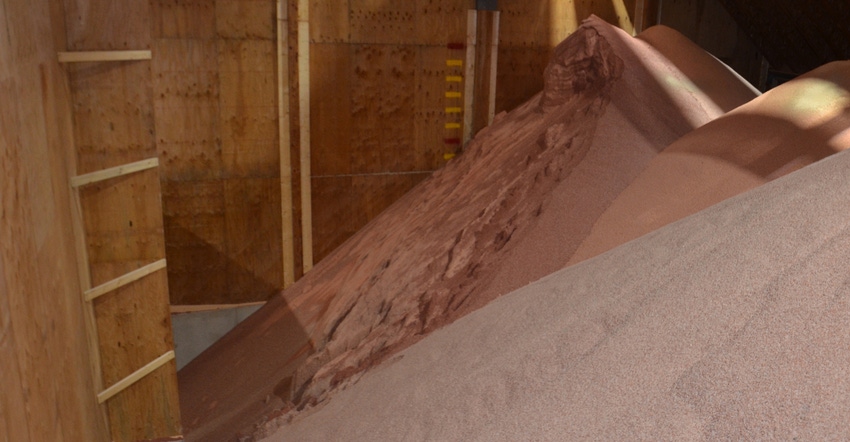August 1, 2022

We backed off P and K fertilizer for the 2022 crop. Fertilizer prices are still high. What is a feasible strategy as we begin preparing for 2023 crops?
The Profit Planners panelists include David Erickson, farmer, Altona, Ill.; Mark Evans, Purdue Extension educator, Putnam County, Ind.; Jim Luzar, retired Purdue Extension educator and landowner, Greencastle, Ind.; and Steve Myers, farm manager with Busey Ag Resources, LeRoy, Ill.
Erickson: In my opinion, you need to stay current with crop removal rates of nutrients, regardless of current prices. It may not make financial sense to build up soil fertility levels at this time, but it never makes sense to lose valuable soil fertility values.
This is a good time to fully evaluate your fertilizer program, from start to finish, and see where adjustments might be possible for some savings. Seek input from your local certified crop adviser, as well as trusted agronomists in the seed and crop protection industry. As always, you need to compare pricing with multiple suppliers.
Evans: Prioritizing fields is critical if you are backing off your phosphorus and potassium fertilizer plans. To conduct this exercise, you must have a routine soil test plan. Fields at the critical level with the Bray P1 test for P and K would need fertilizer to have optimum yield potential. Different agronomists and labs place the critical level at different minimum amounts of P and K. The agronomists you work with should be able to help you pinpoint soil test levels at which you would expect to see an economic return due to higher yield.
Corn crop removal amounts to 0.35 pound of phosphate per bushel and 0.2 pound of potash per bushel. For soybeans, nutrient removal amounts to 0.8 pound of phosphate per bushel and 1.15 pounds of potash per bushel of yield.
Use your yield expectations and soil test data to make sound decisions for fields where you must apply fertilizer. There would be absolutely no need to apply any fertilizer to fields with sufficient levels above the maintenance limit of optimal soil test levels.
Luzar: Uncertainty, supply disruption and higher crop prices are more than likely going to keep nutrient costs relatively high. Align nutrient application with soil test information. Draw down the nutrient level in situations where your agronomist feels limited yield impact will occur.
For soils that are relatively low in nutrients, plan to add back nutrients removed from crop harvest. This may be the advised strategy on rented land. I would not expect a tenant to build soil test levels at these high fertilizer prices!
Myers: Always consider the greatest soil fertility needs and current soil test levels. Using a fresh soil test is a great place to start. Consider realistically if you are willing for test levels to erode or if you desire to maintain or build from current levels.
Certainly, variable-rate applications and other sources of nutrients like manure may be considerations that could positively impact agronomics. In inflationary times, current price points seem very high, but also weigh that expense with similarly inflated commodity levels. Always think big picture.
You May Also Like




